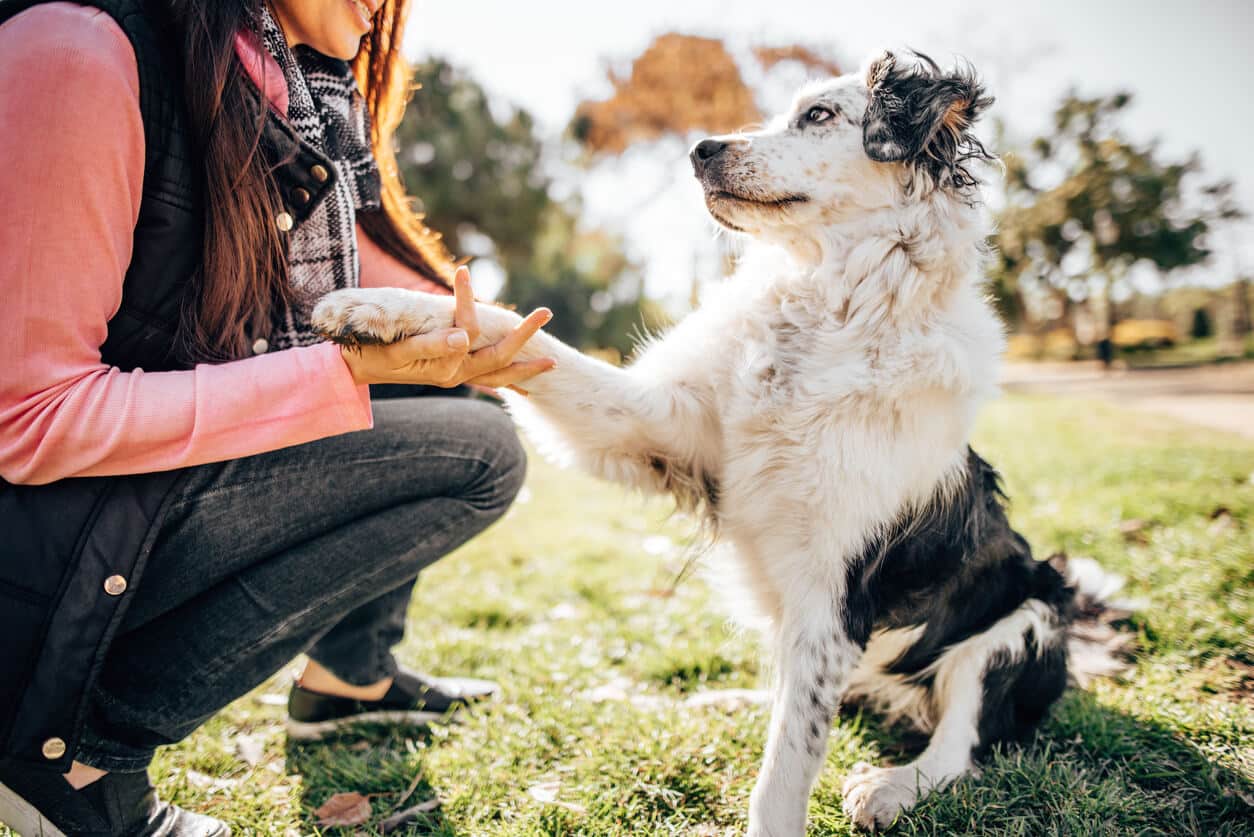Training your dog is not just about teaching them to sit, stay, or fetch. It’s about building a strong, lasting bond based on trust, respect, and understanding. A well-trained dog is a happy dog, and a happy dog makes for a harmonious household. In this article, we’ll explore some effective techniques to help you on your journey to raising a well-behaved canine companion.
1. Start with Socialization
Socialization is the foundation of a well-rounded dog. Expose your puppy to a variety of people, animals, and environments from a young age. This helps them become confident and adaptable, reducing the likelihood of fear-based behaviors. Regular, positive interactions are key to building a friendly, sociable dog.
2. Consistency is Key
Dogs thrive on routine and consistency. Establish clear rules and stick to them. Everyone in the household should follow the same guidelines to avoid confusing your dog. Consistency in commands, routines, and expectations helps your dog understand what is expected of them, making training more effective.
3. Positive Reinforcement
Positive reinforcement is a powerful tool in dog training. Reward your dog for good behavior with treats, praise, or play. This encourages them to repeat the behavior. Avoid punishment-based training, as it can lead to fear and aggression. Positive reinforcement builds trust and strengthens the bond between you and your dog.
4. Basic Commands
Teaching your dog basic commands such as sit, stay, come, and leave it is essential for their safety and your sanity. Start with one command at a time, using treats and praise to reinforce the behavior. Keep training sessions short and fun to maintain your dog’s interest and enthusiasm.
5. Leash Training
Leash training is crucial for safe walks and public outings. Begin indoors, letting your puppy get used to the leash. Gradually move to the yard and then to more distracting environments. Keep walks positive and avoid pulling or dragging your dog, as this can lead to leash aggression or avoidance.
6. Address Problem Behaviors Early
Don’t ignore unwanted behaviors, hoping they’ll go away. Address them early and consistently. Whether it’s jumping, biting, or excessive barking, understand the cause of the behavior and address it with positive reinforcement techniques. Ignore the behavior when it’s seeking attention and reward your dog when they’re behaving appropriately.
7. Exercise and Mental Stimulation
A tired dog is a well-behaved dog. Ensure your canine companion gets plenty of physical exercise and mental stimulation. This can include walks, runs, play sessions, and puzzle toys. A dog that’s physically and mentally exhausted is less likely to engage in destructive or unwanted behaviors.
8. Seek Professional Help When Needed
If you’re struggling with training or if your dog exhibits problematic behaviors that you can’t manage, don’t hesitate to seek help from a professional dog trainer or behaviorist. They can provide personalized advice and techniques tailored to your dog’s needs.
Training your dog is a rewarding journey that requires patience, consistency, and a lot of love. By implementing these techniques, you’re not just teaching your dog to be well-behaved; you’re building a stronger, more meaningful relationship with your furry friend. Remember, every dog is unique, so be patient and adjust your training methods as needed. With time and effort, you’ll enjoy the companionship of a happy, well-trained dog.
